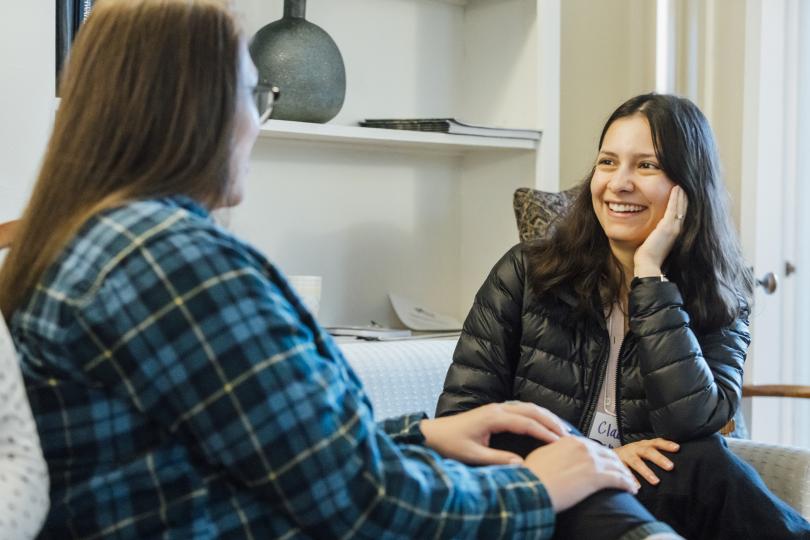Creating Connections for Communicating Science
On January 31, a group of Switzer Fellows came together online to learn principles of responsive listening, empathic communication, and making scientific messages memorable, facilitated by the Alan Alda Center for Communicating Science.
The workshop was an opportunity for fellows to explore ways to create connections between their audience, their work and to themselves as communicators. Through activities ranging from improvisation games to a 3-step message development process, fellows came away with foundational principles and tangible techniques to help them build trust with audiences and engage them in science.
The Alan Alda Center shared the following key take-aways from the workshop.
Core principles of improvisation and communication:
- Make your partner look good: What if you approached your audiences less like passive recipients of information and more like active partners? How might your communication shift if you tried to set them up for success?
- Yes/And: Adopting this posture of engagement means you are ready to accept the reality of the moment (YES), and you try to build on what’s happening in a productive way to move forward with your audience (AND).
Exercise take-aways:
- Getting to know you: One way to think about connection is making your audience feel engaged or invested. We pay attention differently to what someone is saying when there’s common ground, passion, stories, something personal, vivid language, surprises or humor… These things help facts stick!
- Mirror: Another way to think about connection is taking responsibility for your audience by adjusting how you communicate according to their needs. Leading involves following!
- Jargon awareness: You can better connect your work to non expert audiences by using language that’s clear, vivid, and impactful. Replace insider, technical terms (“jargon”) with accessible language. Consider using analogies, relevant examples, and visuals.
- Shaping your message: Connection also means making strategic choices based on what our audiences want (and need) to know:
- Order your information to draw your audience’s attention (Hook them!)
- Avoid jargon and share from your passion to help them remember (“Bottom Line”)
- Get to the core of your message and highlight the relevance to your audience. (“So What?”)
Check out the Alan Alda Center for Communicating Science to learn more ways that you can communicate science effectively to share its wonder and impact. Thank you to the Alan Alda Center team for facilitating this impactful workshop for Switzer Fellows!
Interested in more events and content like this, or have other ideas? Let us know what you’d like to see for future Switzer Network events!
As part of our Land Acknowledgement commitment, the Switzer Foundation makes a $500 contribution to an Indigenous-led organization for every event we hold. For this event, we contributed to Wabanaki REACH, an organization working to “support the self-determination of Wabanaki people through education, truth-telling, restorative justice, and restorative practices in Wabanaki and Maine communities."


